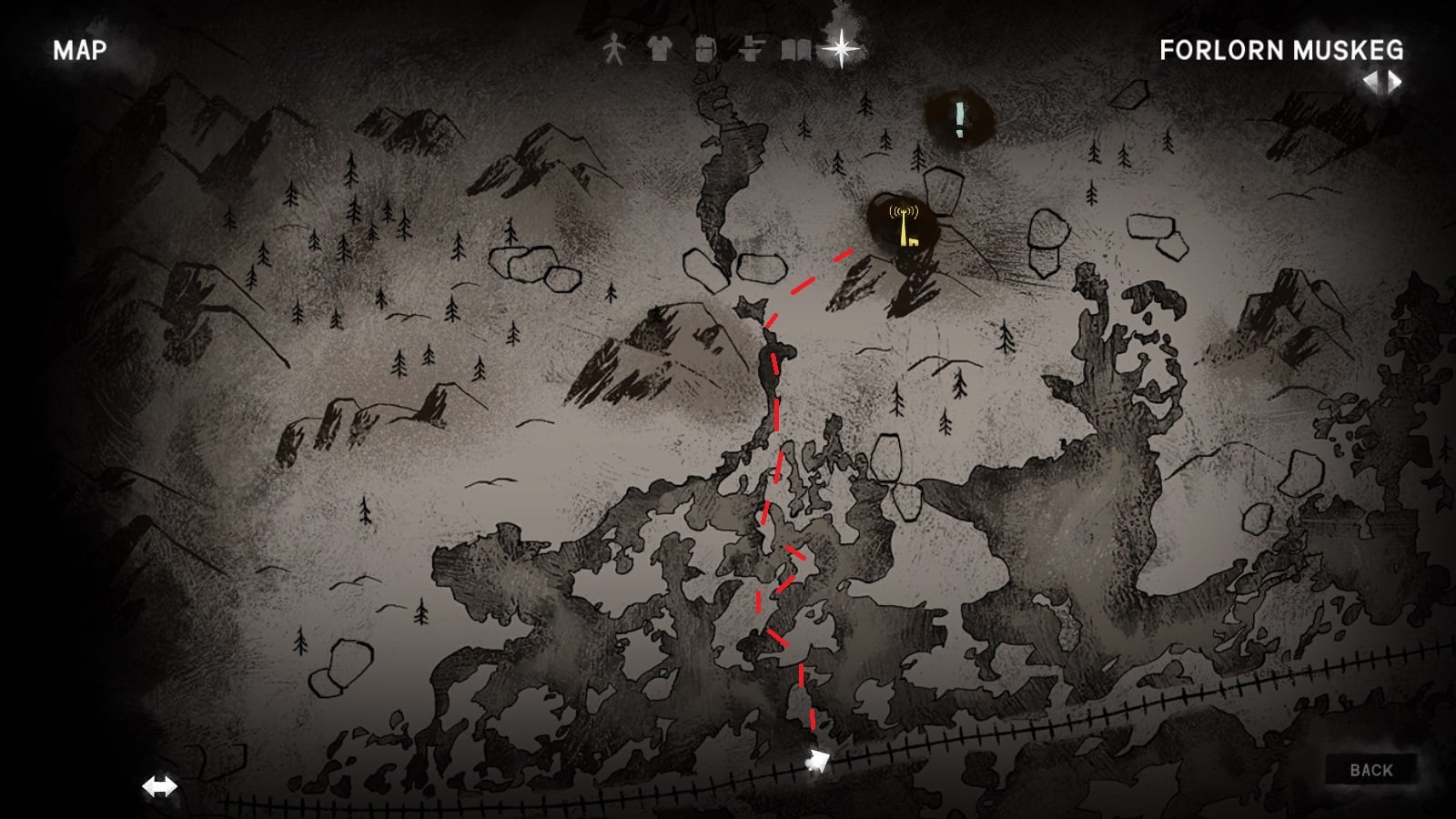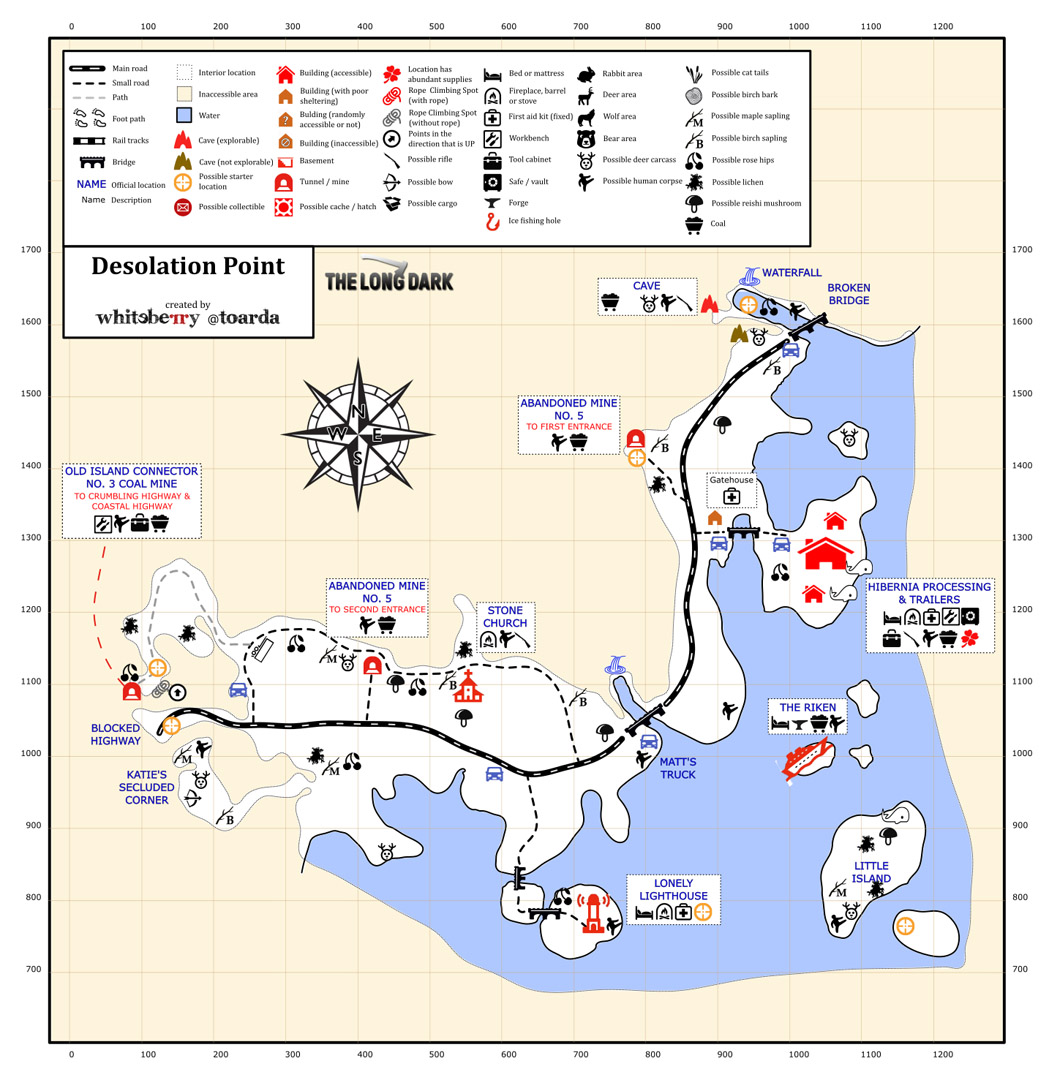
Some of the floors have been raised to avoid the water. Even today’s electric pumps have to be replaced once a year. “This,” Steve Staley points to a trickle of water running in a channelled culvert below a modern metal walkway, “we think is a tributary of the river Tyburn.”ĭuring the war mechanical pumps worked day and night to combat flooding. “They used to just fire down the corridor with all the pipes and lights,” says Reed. “There was an Enfield rifle in bits,” adds Staley. “A 60ft section of passageway with butts, a load of sand and hundreds of unused rounds.” “Another day we found a room with some photographs of high-ranking German officials, cut out of newspapers,” says Staley. One room is reputed to have been Churchill’s wine cellar, with a dome shaped like a cave. “It’s anybody’s guess as to how far they go. “We’d just go and collect the keys and say ‘let’s go left this time, we haven’t been that way yet’.” He shines a torch down a long corridor choked with pipes and lagging, cables and wires.

He and Reed spent many hours exploring them before most were blocked off - unsurprising given it’s rumoured they run under Downing Street and the Houses of Parliament, forming a labyrinth under most of Whitehall. “They go for miles,” says Staley, ducking into the sub-basement. Stripped after VE Day and now filled with miles of lagging, piping, wires and cabling, the tunnels’ secret inhabitants can still, just about, be traced. Staley and museum director Phil Reed agreed to unlock the usually strictly-out-of-bounds sub-basement for Londonist to take a glimpse under the bunker. But for the rank and file, a whole other world yawned in the bowels below all that.

Museum visitors witness the spartan luxury of bedrooms ‘enjoyed’ by Churchill, Mrs Churchill and the odd lucky troglodyte that got to live ‘upstairs’. Nowadays anyone can see the maze of map rooms, meeting areas, telephone exchanges and filing cabinets. Even if they’d followed the right-turners down a smart but unremarkable staircase they probably wouldn’t think anything awry - until they saw the armed marine guard on duty. They wouldn’t notice a few bland-looking individuals discreetly turning right into a dark corridor. Someone entering the Office of Public Information (now the Treasury) would be guided to the general offices on the left hand side. Perhaps it didn’t occur to the Nazis anyone would be stupid/brave enough to hide their emergency government under the everyday one.

“The Germans never found it,” says Steve Staley, operations manager at the museum. The Churchill War Rooms below Whitehall, from where Sir Winston directed troops, oversaw manoeuvres and recorded rousing radio tub-thumpers, once ranked alongside Bletchley for confidentiality but Britain’s most vulnerable target was hidden in plain sight. Someone spent the war years painting signs like this.


 0 kommentar(er)
0 kommentar(er)
